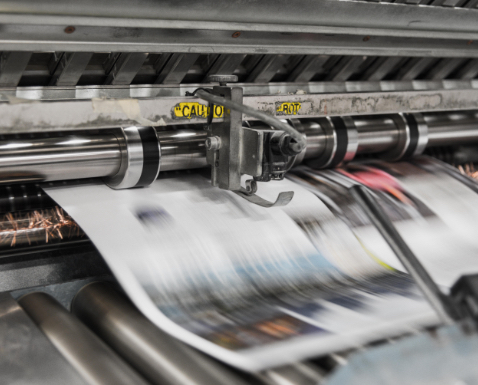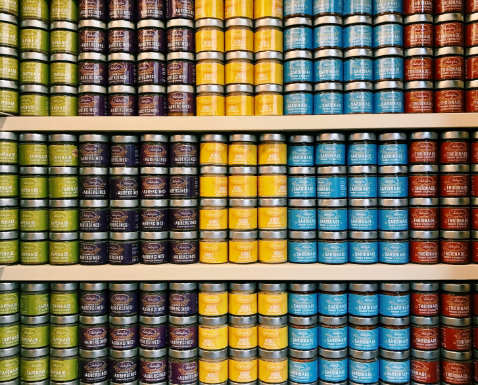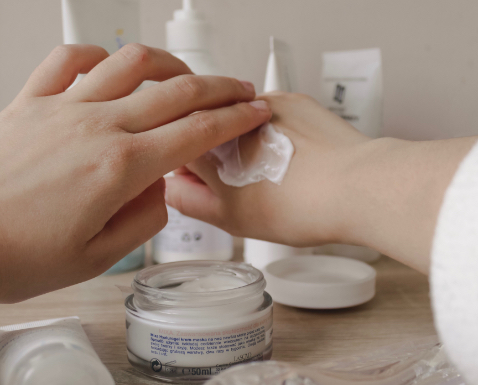Tourism

01
Planes
Aerospace paints and coatings used in construction and maintenance must be extremely tough and durable, given the conditions in which they operate such as extreme temperatures or a high level of ultraviolet (UV) exposure over their lifetime. Coatings must also be resistant to the chemicals found in jet fuel, or other substances that aircraft frequently come into contact with. Coatings with a blend of solvents are used to achieve optimum solvency and regulate the drying time (for instance n-butyl acetate-based). The coating protects the plane from corrosion to ensure safety and make it last longer.
If temperatures are below zero, the plane might need to be de-iced before taking off. Alcohols or glycol-based de-icers are ideal for the removal of snow, ice and frost from the wings and frame of the aircraft. They also stick to the surface to postpone the reformation of ice for a limited period.

02
Boats
Ships and yachts require different types of solvent-based coatings, depending on their construction materials and their intended use. For merchant ships, adhesion, corrosion protection and prevention of mould are the top priorities. With yachts, appearance also plays a crucial role. Since different parts of a ship are exposed above or below water, various corrosion protection systems are applied to improve ship safety, maintain appearance and reduce maintenance costs.

03
Sports Equipment
Ketones such as acetone, MEK (Methyl ethyl ketone) and MIBK (Methyl isobutyl ketone) are used in carbon-fibre-reinforced polymers (CFRP), which are extremely strong and light fibre-reinforced plastics that contain carbon fibres. CFPR is now widely used in sports equipment such as squash, tennis, and badminton racquets, sport kite spars, high-quality arrow shafts, hockey sticks, fishing rods, surfboards, high-end swim fins, rowing shells, skis and snowboards.

04
Barbecues
Hydrocarbon solvents are used in fluids to accelerate the ignition of charcoal in the barbecue grill for you to start it within a few minutes. Once you have enjoyed your barbecue, glycol ether-based cleaners will help you degrease and clean the grill, so you are ready for the next one!

05
Reading
Printing inks rely on a variety of solvents (glycol ethers, esters, alcohols but also hydrocarbon solvents), depending on the printing process so that they can be applied properly, stay in place and display vivid colours. Solvents in printing inks control viscosity and allow flow without damaging printing rollers. Solvents also ensure optimal drying time for today’s high-speed printing presses. Solvents are also used to clean the equipment after use or between print runs.
If you are reading on electronical devices, wet wipes containing solvents may be used for the cleaning of screens. Electronic-grade solvents, with very low levels of metal ions in the solvents, are used to produce microchips. Metal ions can cause short circuits that result in poor-quality microchips. Electronic-grade solvents are used to dissolve a photo-sensitive polymer that is then spun on a silicon wafer to produce the microcircuit. Solvents are also required to clean the surface of wafers and circuits. The solvents used to produce microchips are alcohols, esters and ketones.

06
Food & drink
Food packaging, such as foil, plastics or cardboard boxes is printed with brand names and product information to inform people of what they are eating, or to tempt them to buy. In flexographic printing, oxygenated solvents such as ethanol, propanols, ethyl and propyl acetates are the substances most commonly used, often in combination with glycol ethers such as retarder solvents.
What about a gin and tonic? Gin is produced from the distillation of ethanol from agricultural origin, the tonic itself could come in a bottle with a printed label manufactured using solvents or in a can produced with metal packaging. On metal packaging, the most common coating and printing techniques are carried out on flat sheets or on the finished shape (known as printing in the round). As well as the decorative properties of the coating, its application protects the cans from the outside and on the inside to prevent corrosion. And again, a variety of solvents or solvent blends are used in this process, ranging from hydrocarbon solvents to ketones or esters.

07
Personal care
& sun protection
People want to look and smell good in their everyday lives. Solvents act as a carrier in cosmetics and personal care products, perfumes and fragrances (ethanol). They are uniquely able to dissolve the essence of flowers and other sweet-smelling plants, transforming them into aerosol fragrances. Solvents also dissolve pigments, oils and more, creating products such as lipsticks, eye shadows or nail polish (acetate) that accentuate your best features. Solvents are also used to remove nail polish. And if you want to change the colour of your hair, the dyes will contain glycol ethers.
Water-based solvents (alcohols, glycols) are a crucial part of the skin and personal care products such as skin lotions, moisturisers and liquid foundations, as well as toothpaste and mouthwash. They are used to dissolve certain ingredients, helping to enhance functionality, texture and sensorial attributes.
Finally, aliphatic hydrocarbon solvents are added into sun creams and massage oils. Due to their low surface tension, they allow a uniform spread onto the skin.






